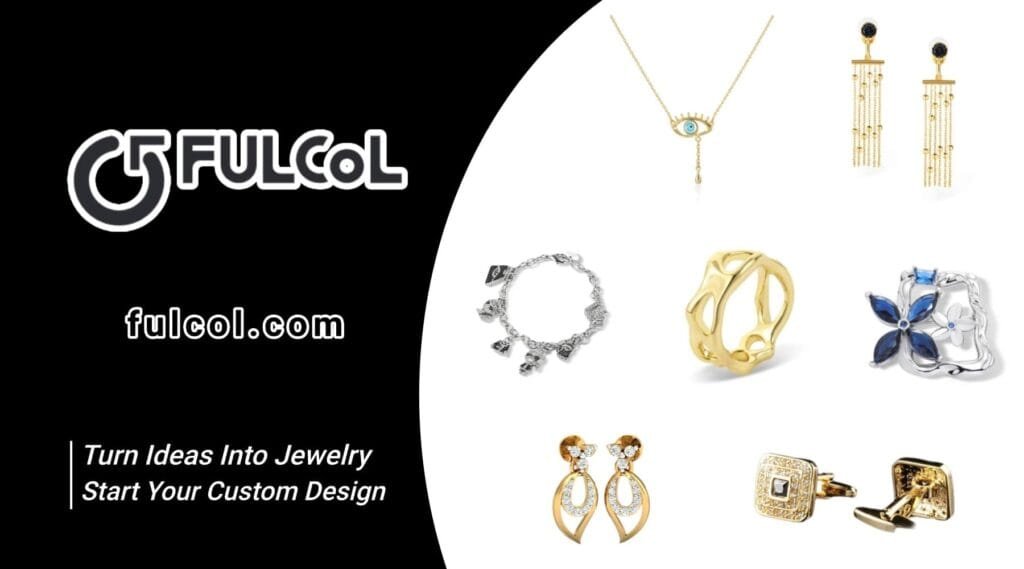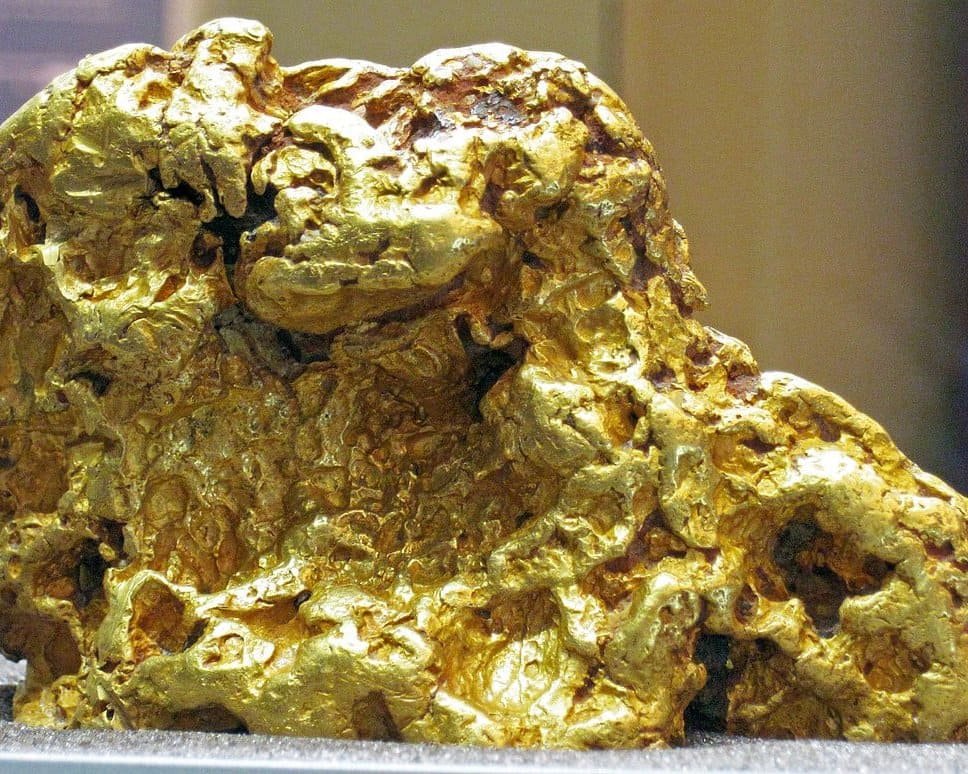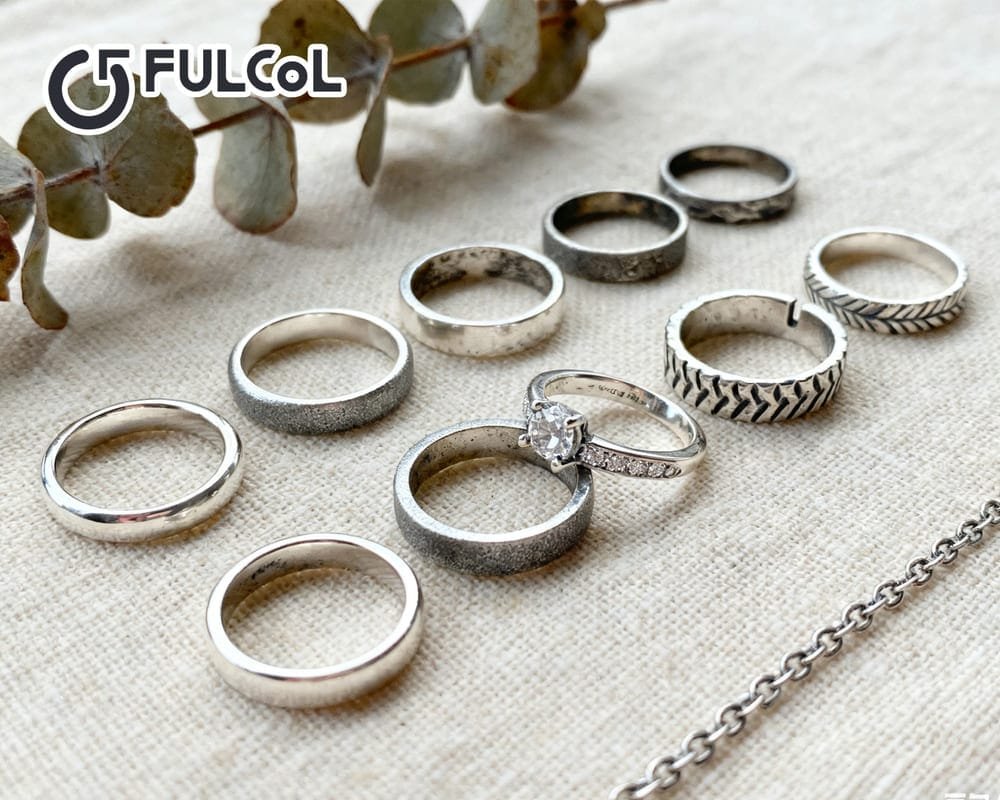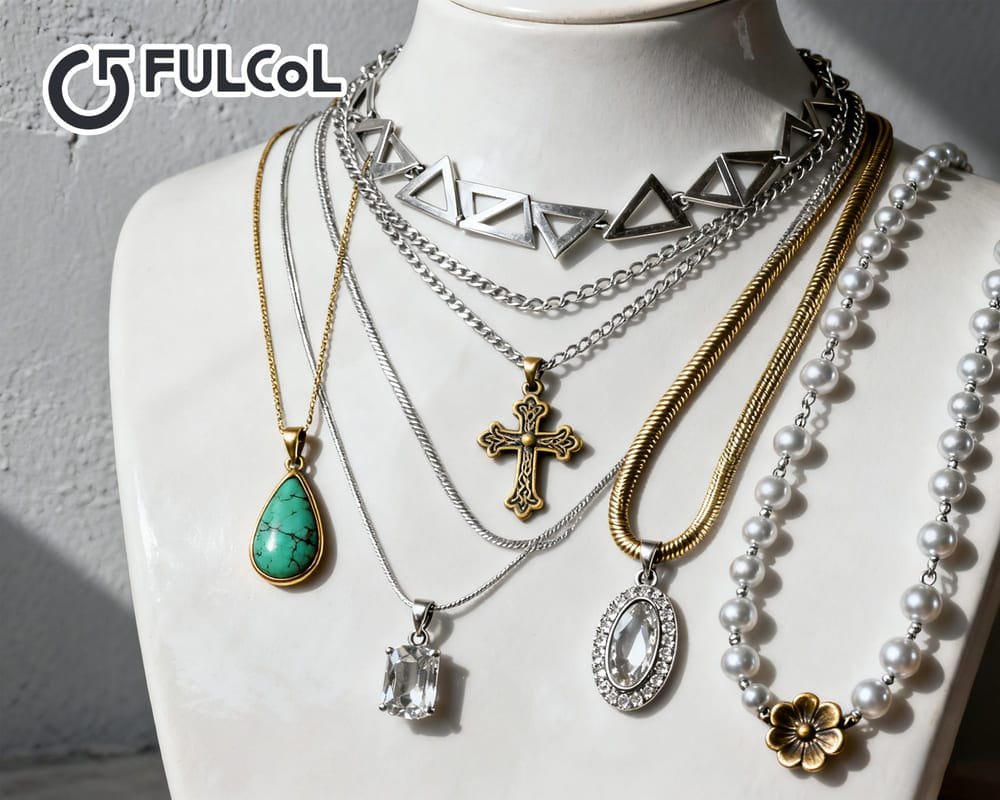Table of contents
In this era of increasing emphasis on personalization and quality, jewelry is not only a symbol of identity and wealth, but also a concrete expression of self-style and life attitude. According to Grand View Research data, the global jewelry market size in 2023 is approximately USD 353,264.5 million, and is expected to increase to USD 482,220.9 million by 2030, with a compound annual growth rate (CAGR) of 4.5%. At the same time, the personalized jewelry market is developing at a higher speed, with a market size of approximately USD 42,512.2 million in 2023, and is expected to continue to expand at an annual compound growth rate of 8.6% in the next seven years. This not only means that the jewelry market is huge, but also shows that the growth trend of consumers’ demand for unique customization is extremely strong.
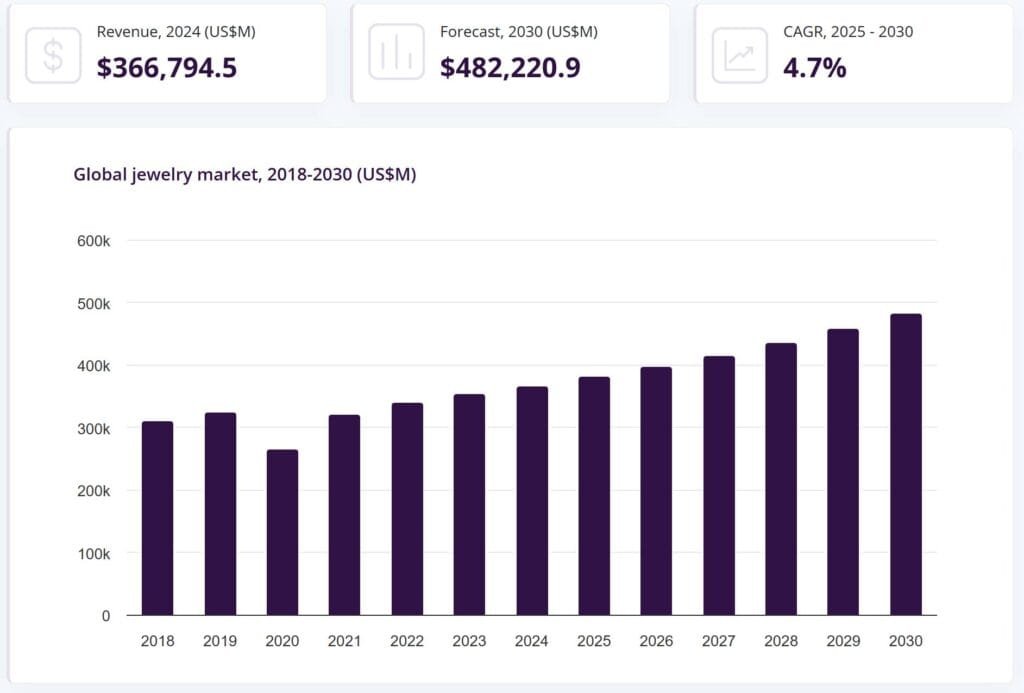
As a custom jewelry manufacturer with more than 20 years of deep cultivation in the industry, Fulcol focuses on the full-process customization of K gold, silver and brass jewelry, and has a complete design, processing, quality inspection and packaging system. We will provide you with practical advice with high reference value to help consumers make rational purchases and help practitioners optimize production and marketing strategies.
What is 14K gold
14K gold, also known as 14-karat gold, is a popular and valuable precious metal that occupies a special place in the field of jewelry and luxury goods. This alloy is known for its stunning appearance and durability, and is a popular choice for making various jewelry (including rings, necklaces, earrings, etc.).
14K gold is an alloy that combines pure gold (24K) with other metals (usually copper, silver or palladium) in a specific ratio. The “K” in 14K stands for carat, which is the unit of gold content in the alloy. In 14K gold, 58.3% of the metal is pure gold, and the remaining 41.7% is other metals. This composition strikes a balance between the attractive yellow color and the durability of the alloy, making it an ideal choice for jewelry and other decorative items.
Historical significance and origins
Human civilization has valued and used gold for thousands of years, and its history is closely related to human culture, economy and art. The origins of gold mining and use date back to ancient civilizations, such as the Egyptians who created fine gold jewelry as early as 2600 BC. Throughout history, gold has been associated with wealth, power, and prestige.
The concept of “karat,” which refers to the purity of gold, dates back to ancient Mesopotamia. The word “karat” is thought to have originated from the seeds of the carob tree, which were historically used as a reference for weighing precious metals due to their uniform weight. Carob seeds were used as a standard for measuring gold purity, with each seed representing a specific percentage of pure gold in an alloy.
While 14K gold may not be as pure as 18K or 24K gold, its durability and attractive color have made it a popular choice for jewelry making for centuries. It combines the softness of pure gold with the durability required for daily wear, making it an excellent choice for creating exquisite jewelry designs that will stand the test of time.
14K gold is a versatile and historically important precious metal known for its beauty and durability. It has survived the passage of time, from ancient civilizations to the modern world, and is still cherished and used to create fine jewelry and luxury goods.
Physical Properties
Color and Appearance
14K gold has a warm, rich golden color, exuding a luxurious and elegant atmosphere, and is loved by craftsmen and consumers.
Durability and Hardness
Pure gold (24K) is soft and easily deformed, while 14K gold has significantly higher hardness due to the presence of alloy metals such as copper, silver or palladium. It usually has a Vickers hardness between 38 and 44, which can effectively resist scratches and dents and is suitable for daily wear.
Ductility and Malleability
Although 14K gold is harder than pure gold, it still retains considerable ductility and malleability. This means that skilled jewelers can create intricate and delicate designs with 14K gold. It is easy to forge, bend and shape without cracking or breaking, allowing craftsmen to create exquisite and gorgeous jewelry pieces.
14K gold’s ductility and malleability make it ideal for intricate filigree work, engraving, and other decorative techniques that require precision and finesse.
Melting Point and Other Relevant Physical Properties
The melting point of 14K gold varies slightly depending on the specific alloy composition, but is generally in the range of 1,640°C to 1,740°C (2,984°F to 3,164°F). The relatively high melting point offers advantages in casting and making jewelry, as it allows for precise control during the manufacturing process.
Additionally, 14K gold is known for its resistance to tarnish and corrosion, making it an easy-to-maintain jewelry metal. It does not react to moisture, air, or most common chemicals, ensuring that your 14K gold jewelry will maintain its beautiful shine with minimal care.
Composition and Purity
14K gold is composed of 58.3% pure gold and 41.7% alloying metals. The karat number indicates the purity of gold, with 24K being pure gold (100%), 18K containing 75% pure gold, and 10K containing 41.7% pure gold. The higher the purity, the richer the color of the gold, but the softer the texture and the higher the price. 14K gold strikes a good balance between color, durability and price, and is suitable for a variety of jewelry purposes.
Explanation of karat/purity
The concept of karat is used to indicate the purity of gold in an alloy. Pure gold is 24 karats, which means it is 100% pure gold and does not contain any other metals. The lower the karat number, the lower the gold content in the alloy, and the higher the proportion of alloy metals.
Gold Purity and Percentages 24K, 22K, 18K, 14K and 10K

For example:
- 18K gold contains 75% pure gold and 25% alloying metals.
- 14K gold contains 58.3% pure gold and 41.7% alloying metals.
- 10K gold contains 41.7% pure gold and 58.3% alloying metals.
The higher the karat, the “purer” the gold is and the richer and more intense the color. However, high-karat gold alloys are also softer and more easily scratched and bent.
Advantages and disadvantages of different purities
| Purity level | Advantages | Disadvantages |
| 24K/18K | Bright color, hypoallergenic | Soft texture, easy to scratch, higher price |
| 14K | Warm color, durable, moderate price | May be allergic to alloy metals, a few people have reactions |
| 10K | Most durable, affordable | Lighter color, not rich enough |
Looking for 14K gold jewelry to enrich your collection? Fulcol as a 14K gold jewelry manufacturer, is committed to providing high-quality 14K gold jewelry.
Common Uses for 14K Gold
Jewelry Types
14K gold is used in a wide variety of jewelry because it offers a perfect balance between durability and beauty. Some of the most common 14K gold jewelry includes:
- Rings: Engagement rings, wedding bands, and fashion rings are often set in 14K gold. The durability of 14K gold makes it suitable for everyday wear, making it a popular choice for these sentimental pieces.
- Necklaces: 14K gold is often used in a variety of pendants, chains, and necklaces. Its warm color and resistance to oxidation make it ideal for displaying precious gemstones or wearing alone.
- Bracelets: 14K gold bracelets come in a variety of styles, from delicate chains to chunky bangles. Its malleability allows for intricate link designs and unique patterns.
- Earrings: Whether studs, hoop earrings, or drop earrings, 14K gold provides a beautiful and durable base to showcase gemstones and enhance the overall appeal of the earrings.
- Watches: Many high-end watches feature 14K gold in their cases and bands. The metal’s corrosion resistance and classic look complement the design of luxury watches.
14K Gold Care and Maintenance
Cleaning Tips
Step 1: Mild Soapy Water
To clean 14K gold jewelry, use a solution of warm water and a few drops of mild dish soap. Gently rub the jewelry with a soft brush or cloth to remove dirt and oil. Rinse with clean water and pat dry with a soft, lint-free cloth.
Step 2: Commercial Jewelry Cleaner
You can also use commercially available jewelry cleaners designed for gold. Follow the manufacturer’s instructions carefully to avoid any potential damage.
Step 3: Ultrasonic Cleaner
Ultrasonic jewelry cleaners can effectively clean 14K gold, but use caution. Make sure the jewelry is in good condition and has no loose gemstones, as vibrations can dislodge them.
Storage Tips
Individual bags or individual boxes: Store 14K gold jewelry individually in soft bags or individual boxes to prevent scratches and entanglement. This also helps minimize contact with other metals that can cause gold jewelry to tarnish.
- Tarnish strips: Consider placing tarnish strips or silica gel packets in your jewelry storage room to absorb moisture and reduce the risk of tarnish.
- Avoid moisture: Store jewelry in a cool, dry place away from direct sunlight and moisture, as excess moisture can cause tarnishing.
Tips to prevent damage or tarnishing
- Remove before activities: Remove your 14K gold jewelry before activities where it may come into contact with chemicals, abrasive materials, or rough surfaces. These activities include swimming (chlorine can affect gold), gardening, and weightlifting.
- Avoid contact with perfumes and lotions: Perfumes, lotions, and makeup can contain chemicals that can tarnish jewelry over time. Apply these products and allow to dry completely before wearing your jewelry.
- Regular Inspection: Check your jewelry regularly for loose stones, damaged prongs, or signs of wear. If there are any issues, take it to a professional jeweler for repair immediately.
- Professional Cleaning: Consider having your 14K gold jewelry professionally cleaned and inspected by a jeweler every year. They can check for potential problems and restore its original shine.
- Avoid Excessive Friction: Avoid wearing multiple pieces of jewelry that may rub against each other, as this can cause scratches. If you wear multiple pieces, choose jewelry with smooth surfaces.
Follow these care and maintenance tips and your 14K gold jewelry will look great for years to come. Regular cleaning, proper storage, and careful wearing will help maintain its shine and minimize the risk of damage or tarnishing.
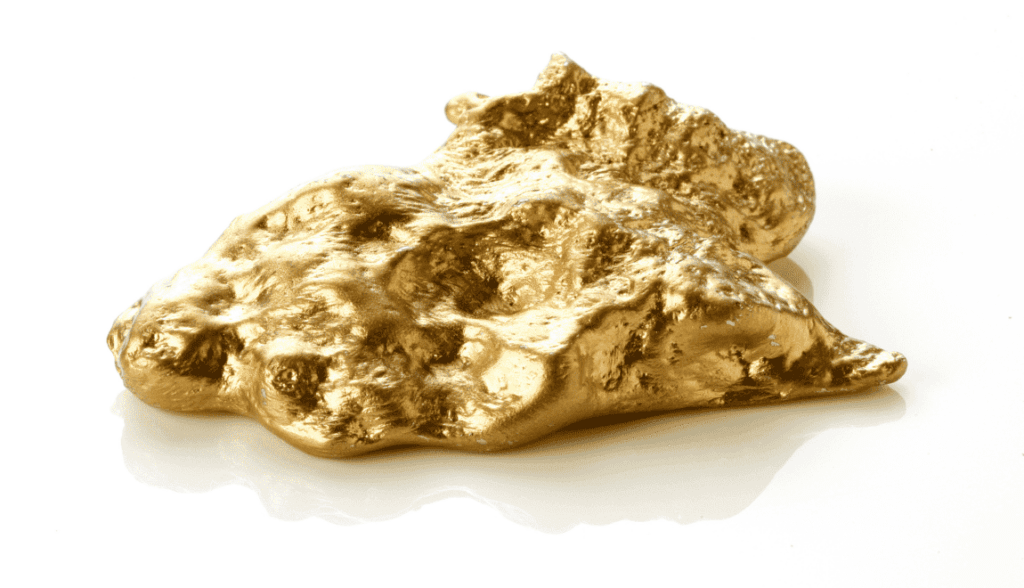
Advantages of Choosing 14K Gold
Benefits of Jewelry Making
- Durability: 14K gold is much more durable than higher purity gold alloys such as 18K or 24K. This durability makes it a great choice for jewelry that is worn every day, such as engagement rings and wedding rings. It withstands the rigors of daily wear without being easily scratched or deformed.
- Design versatility: Jewelers favor 14K gold because it is malleable and can be used to create intricate and delicate designs. It can be used to create a variety of styles, from classic to modern, and is suitable for a variety of jewelry.
- Color and luster: 14K gold retains the classic warm yellow color of gold, making it more attractive. Its bright hue complements a variety of gemstones and adds a touch of luxury to any jewelry.
Longevity and value retention
- Value: Due to its lower gold content, 14K gold jewelry is generally more affordable than high-purity gold jewelry. For those who are looking for high-quality jewelry without the luxury of a high price, 14K gold jewelry is an affordable choice.
- Value retention: Although gold prices fluctuate greatly in the market, 14K gold jewelry generally retains its value over time. Its gold content and durability ensure that it can be passed down from generation to generation as a precious heirloom.
Hypoallergenicity and health benefits
- Hypoallergenicity: Compared with some other metals, 14K gold is less likely to cause allergic reactions. It is often a good choice for people with sensitive skin or metal allergies. However, it is important to note that alloying metals in 14K gold, such as copper or nickel, can still cause reactions in some people. If you have a known metal allergy, ask your jeweler about hypoallergenic alloy options, such as 14K white gold, which uses palladium instead of nickel.
14K Gold Considerations
Potential Allergies or Skin Reactions: While 14K gold is generally less likely to cause skin allergies than some other metals, it can still contain alloying metals that may cause allergic reactions in sensitive people. Be aware of any known metal allergies and consider hypoallergenic options as needed.
- Wear and tear: Like all metals, 14K gold can show signs of wear and tear over time, especially in jewelry that is worn daily. This includes minor scratches and a patina on the surface. Regular cleaning and maintenance can help maintain its appearance.
- Comparison with other metals: When choosing a jewelry metal, consider how 14K gold compares to other metals, such as white gold and platinum. White gold looks similar to platinum but costs less, while platinum is known for its durability and natural white color but costs more.
- 14K gold has become a classic choice in jewelry making for its beauty, durability and cost-effectiveness. Proper maintenance and wearing can make 14K gold jewelry last forever and become a treasure for inheritance.
Ultimately, the choice of metal should be based on your personal preferences, budget, and any specific needs or sensitivities you may have.
| Start Your Custom Order | Email: info@fulcol.com | Number: +86 13055603907 |
As a wholesale custom jewelry manufacturer with 21 years of experience in the industry, Fulcol has witnessed the transformation of 14K gold from a traditional jewelry material to a technological carrier. In the era of personalized consumption, material selection is not only an aesthetic proposition, but also a systematic project. We are willing to use technological innovation as a fulcrum to help practitioners seize the market opportunities brought by the material revolution and create a value carrier that transcends time and space for consumers.
